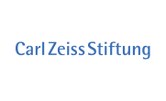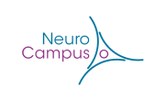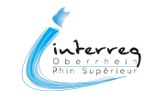Julijana Gjorgjieva, MPI for Brain Research, Frankfurt and Assistant Professor of Computational Neuroscience, Technical University of Munich | Principles of efficient coding in neuronal populations
| When |
Feb 13, 2018
from 05:15 PM to 06:45 PM |
|---|---|
| Where | BCF Lecture Hall, Hansastr. 9a |
| Contact Name | Stefan Rotter |
| Add event to calendar |
|
Abstract
The efficient coding theory states that neural populations in sensory systems have evolved to encode a maximum of sensory information given biophysical constraints. Previous applications of this theory have successfully predicted different features of sensory responses, for instance, the center-surround structure of receptive fields of retinal ganglion cells; however, most theories have assumed linear processing or taken the limit of low noise. We develop new extensions to the efficient coding theory that take into account nonlinear processing and two sources of noise. One noise source is additive input noise arising from presynaptic signal corruption, the other is output noise present in the spike generating mechanism - here we consider a common noise model where neurons generate spikes following Poisson statistics. By maximizing the mutual information between stimulus and response, we derive the optimal thresholds of the neurons in the population and find different predictions depending on the type of noise.
Literature
- K. Röth and J. Gjorgjieva (2017). "Optimal population coding depends on the source of noise.” Computational and Systems Neuroscience (Cosyne), page 183 (Link)
- J. Gjorgjieva, M. Meister and H. Sompolinsky (2017). Optimal sensory coding by populations of ON and OFF neurons. bioRxiv (Link)
- J. Gjorgjieva, H. Sompolinsky and M. Meister (2014). Benefits of Pathway Splitting in Sensory Coding. J Neurosci 34:12127-12144 (Link)









